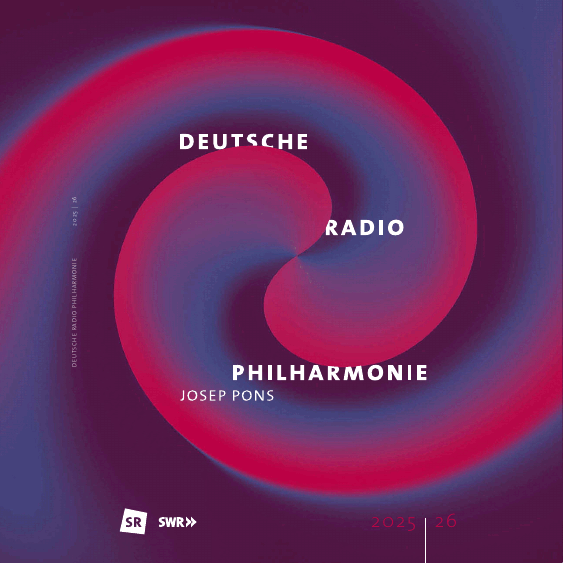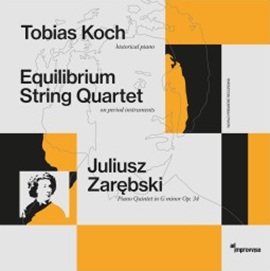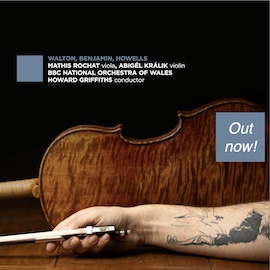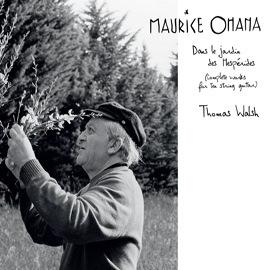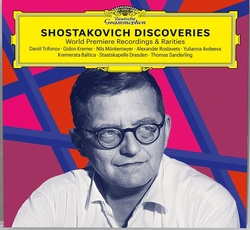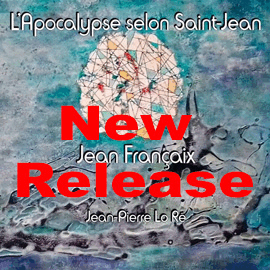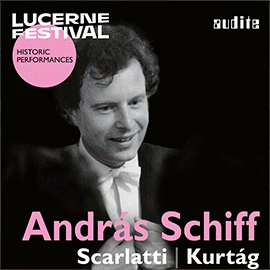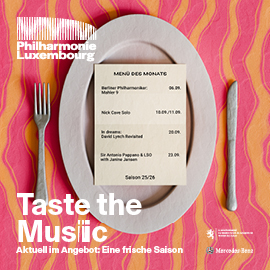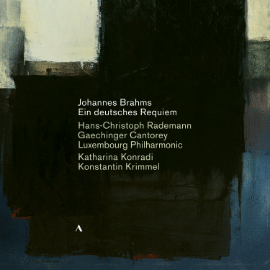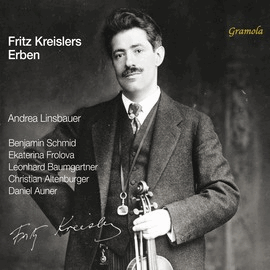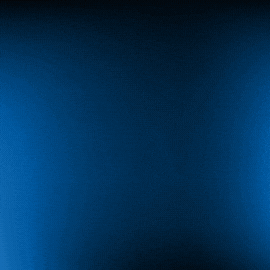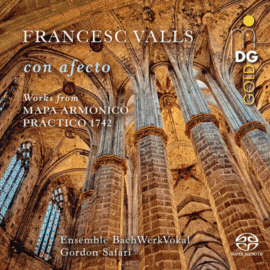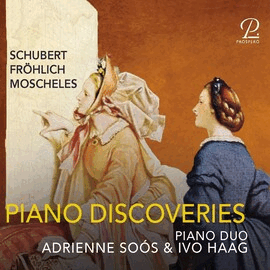Die Internationalen Shostakovich-Tage Gohrisch sind immer wieder nicht nur der Pflege der bekannten Teile aus dem Werk von Dmitri Shostakovich verpflichtet, sondern steuern auch in Zusammenarbeit mit der Musikwissenschaftlerin Olga Digonskaja immer wieder Erstaufführungen bei. Aufnahmen unterschiedlicher Besetzung und Dauer aus mehreren Jahren wurden hier zusammengestellt. Die Darbietung haben verschiedene Künstler übernommen, die durchaus bekannte Namen tragen.
Bei den zu hörenden Werken handelt es sich um ausgeformte Stücke. So sind beispielsweise die Fragmente aus der Oper Die Nase detailliert ausgearbeitete Zwischenspiele und eine Einleitung. Dass sie nicht Teil der Uraufführung wurden, mag daran gelegen haben, dass das Regieteam in Leningrad sie ablehnte, da sie keine szenischen Vorgänge begleiten konnten.
Die Satire ‘Antiformalistischer Rajok’ ist als Antwort auf die kulturpolitische Kampagne des sowjetischen Parteifunktionärs Andrej Schdanow zu hören. Beim Scherzo op. 1a handelt es sich um die Klavierfassung von Shostakovichs erstem Orchesterstück. Das Impromptu für Viola und Klavier ist ein Gelegenheitswerk. Die drei Fugen für Klavier fassen die Fuge als Charakterstück. Trifonov nahm sie während der COVID-Pandemie in seiner Wohnung auf.
Schon lange bekannt sind die Fünf Stücke für zwei Violinen und Klavier aus anderen Kontexten. Lewon Atowmjan hat die Orchesterstücke für Trio arrangiert. Das Klavierstück ‘Im Wald’ schrieb der 12-Jährige im Unterricht. Das jüngst entdeckte ‘Der Nagel von Jelabuga’ ist ein umfangreiches Fragment folgt dem gleichnamigen Gedicht von Jewtuschenko über das Massaker an russischen und ukrainischen Juden während des Zweiten Weltkriegs in der Weiberschlucht bei Kiew. Weitere Hinweise ergeben sich im Begleittext.
Alle Interpreten legen die Interpretationen mit Hingabe und Können an. So lassen der Bass Alexei Mochalov und der Perkussionist Andrei Pushkarev zusammen mit der Kremerata Baltica, auch als Chor fungierend, in Anti-Formalist Rayok die sowjetische Phrasendrescherei ironisch leuchtend hochleben. Gidon Kremer und Madara Pētersone mit ihren Violinen sowie Georgijs Osokins am Piano kitzeln amüsant den Charme der Fünf Stücke für zwei Violinen und Klavier heraus und heben gleichzeitig die durchschimmernden subversiven Seiten hervor.
Die Pianisten zeigen als Solisten und Begleiter mit feinsinnigem Tastenspiel sowohl ihr technisches Vermögen wie auch ihr künstlerisch erlesenes Gestaltungsvermögen. Sozusagen in Nebenrollen, aber deswegen nicht mit nebensächlichem Antritt, fügen Nils Mönkemeyer sowie die Staatskapelle Dresden unter Thomas Sanderling ihre Beiträge mit elegantem Wirken hinzu.
Wegen der exzellenten Interpretationen und der abwechslungsreichen Besetzung bietet dieses Album nicht nur für Freunde des Werkes dieses Komponisten spannende neue Töne, sondern auch für andere Hörer einen kurzweiligen und doch auch tiefgründigen Einblick.
The International Shostakovich Days Gohrisch are not only committed to cultivating the well-known parts of Dmitri Shostakovich’s oeuvre, but also repeatedly contribute first performances in collaboration with the musicologist Olga Digonskaya in Moscow. Recordings of different instrumentation and durations from several years have been compiled here. The performances have been given by various artists with well-known names.
The works to be heard are fully formed pieces. For example, the fragments from the opera The Nos” are detailed interludes and an introduction. The fact that they did not become part of the premiere may have been due to the fact that the production team in Leningrad rejected them, as they could not accompany any scenic events.
The satire Antiformalist Rajok can be heard as a response to the cultural-political campaign of the Soviet party functionary Andrei Zhdanov. The Scherzo op. 1a is the piano version of Shostakovich’s first orchestral piece. The Impromptu for viola and piano is an occasional work. The three fugues for piano are a character piece. Trifonov recorded them in his apartment during the COVID pandemic.
The Five Pieces for two violins and piano have long been known from other contexts. Levon Atovmian arranged the orchestral pieces for trio. The 12-year-old wrote the piano piece Im Wald in class. The recently discovered “The Nail of Yelabuga” is an extensive fragment based on the poem of the same name by Yevtushenko about the massacre of Russian and Ukrainian Jews during the Second World War in the Weiberschlucht near Kiev. Further references can be found in the accompanying text.
All the performers interpret the pieces with dedication and skill. In Anti-Formalist Rayok, bass Alexei Mochalov and percussionist Andrei Pushkarev, together with the Kremerata Baltica, also acting as a choir, ironically celebrate Soviet phrase-mongering. Gidon Kremer and Madara Pētersone on violins and Georgijs Osokins on piano amusingly tease out the charm of the Five Pieces for two violins and piano, while at the same time highlighting the subversive aspects that shine through.
As soloists and accompanists, the pianists demonstrate both their technical ability and their artistically exquisite creative skills with subtle keyboard playing. Nils Mönkemeyer and the Staatskapelle Dresden under Thomas Sanderling add their elegant contributions in supporting roles, so to speak, but not with an incidental approach.
Due to the excellent interpretations and the varied instrumentation, this album offers exciting new sounds not only for friends of this composer’s work, but also for other listeners an entertaining and yet profound insight.



